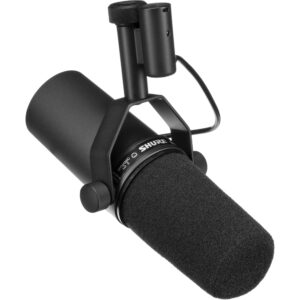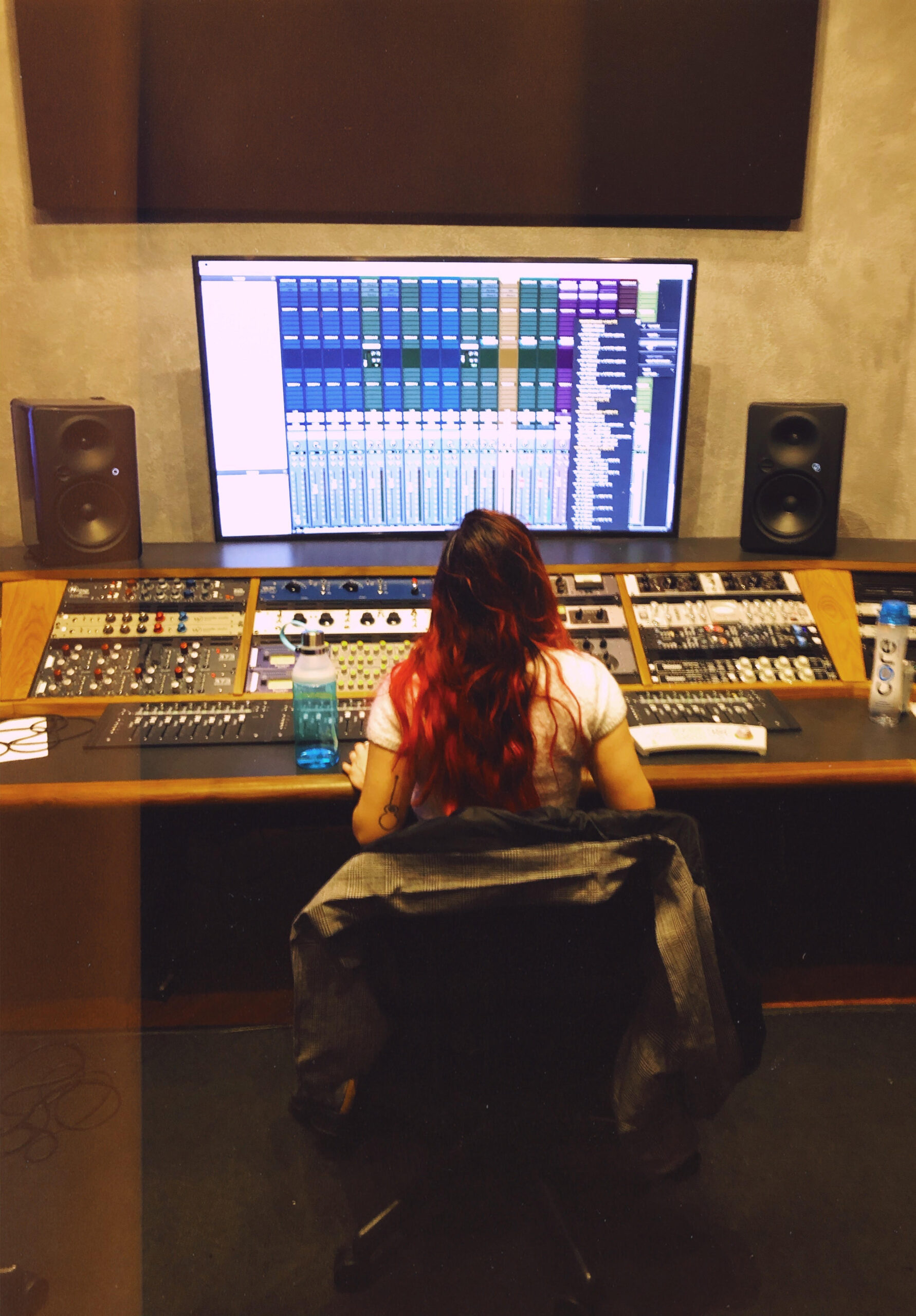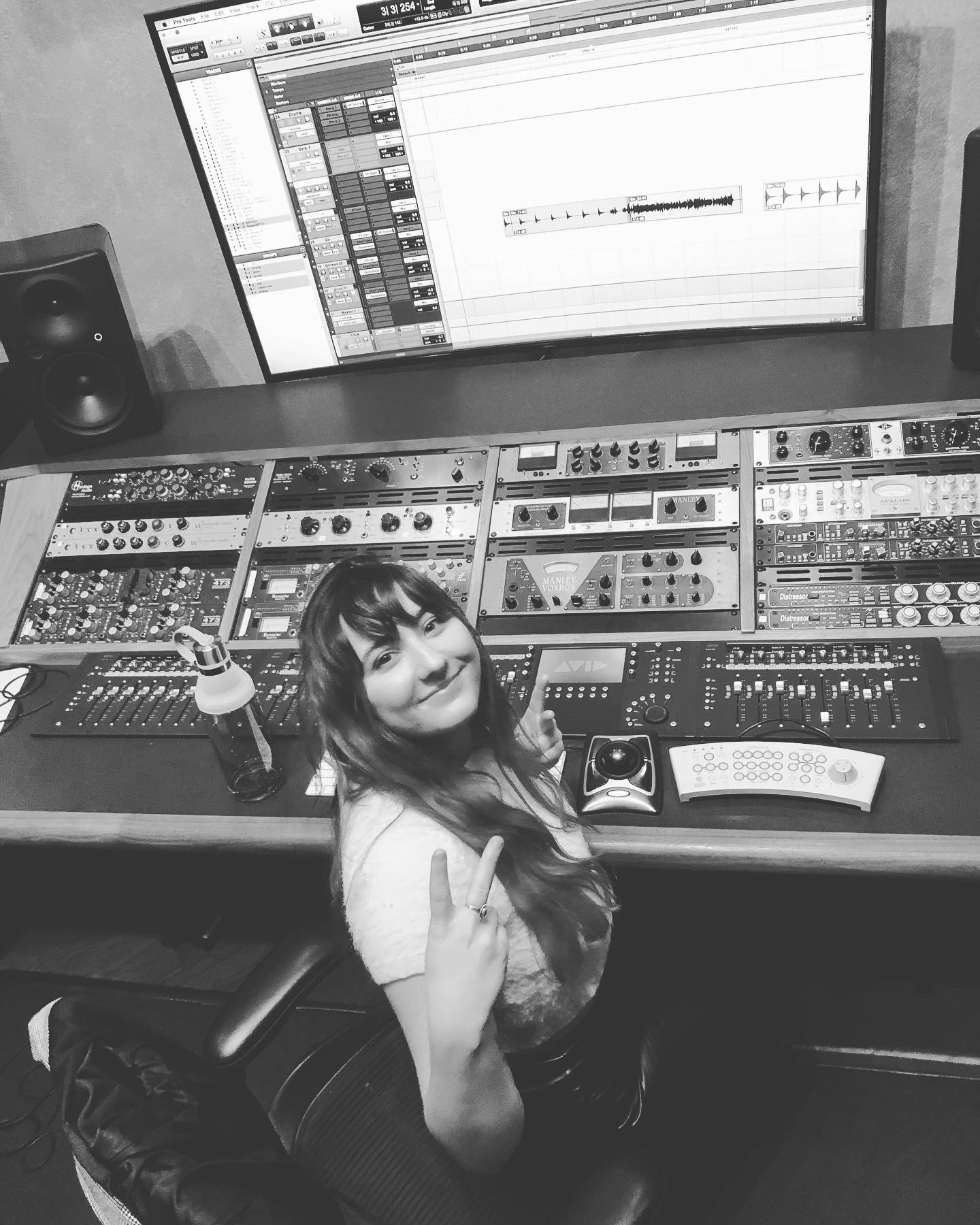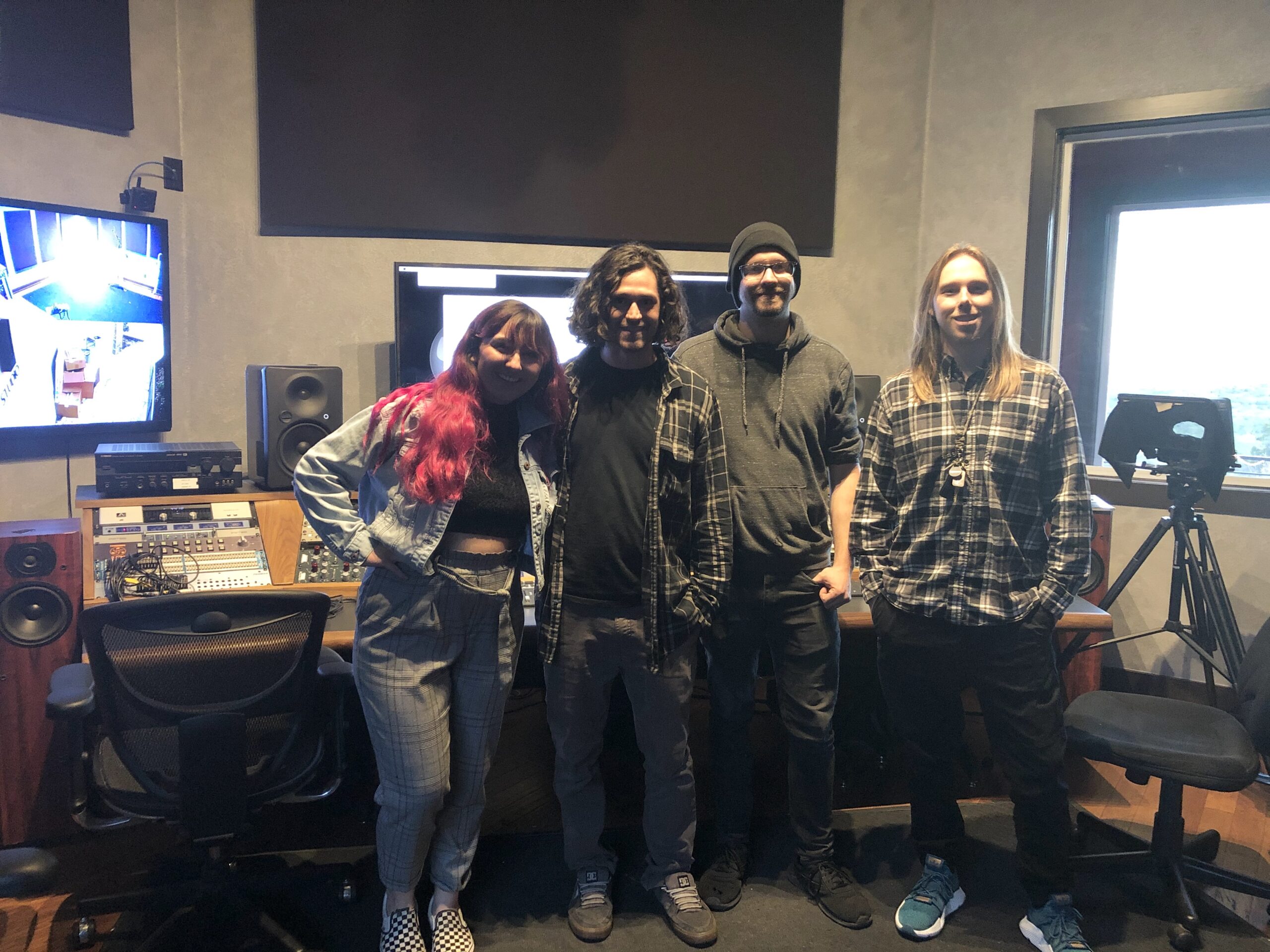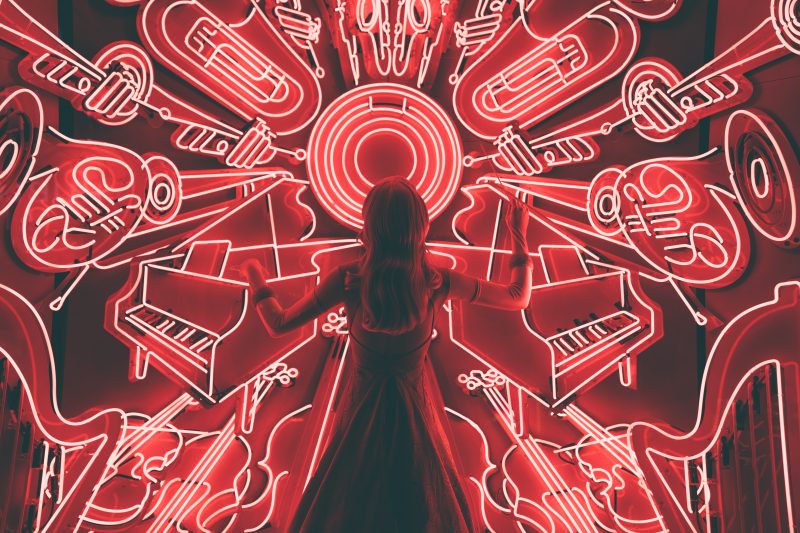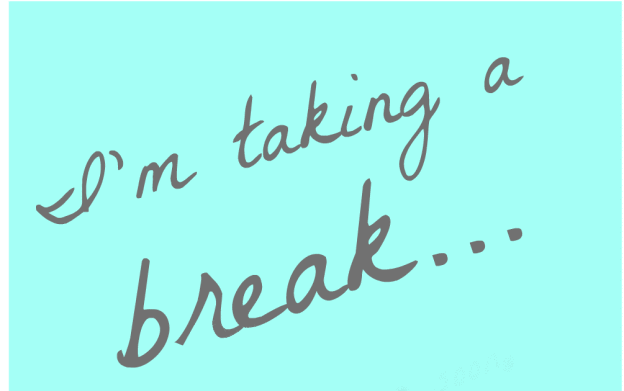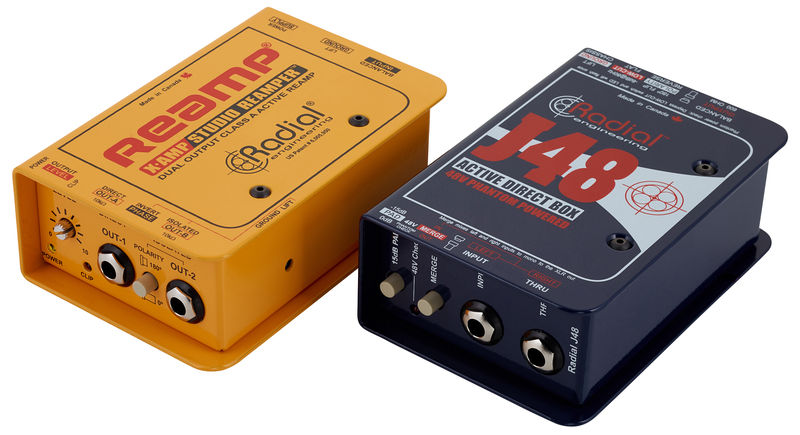
What’s the Best Music City?
Hi SoundGirls! I hope everyone has been staying safe and healthy. With all the change that has happened over the past year, and how it has directly affected our industry- I’m wondering what’s the best music city to live in?
I’m currently living in Austin, TX. I’ve lived in Texas my entire life, and I grew up outside of Austin. As some of you may know, I moved to Austin right out of high school and began my audio engineering journey. That was 5 YEARS ago! It really is crazy how time flies. With that being said, the atmosphere of our industry in Austin has drastically changed since COVID-19. With closures of local venues and the scarcity of payable internships at recording studios- it has dawned on me that maybe it is time to live somewhere new that can offer me a different learning experience. Now, don’t get me wrong. I love Austin with all of my heart. I will most likely settle down here once I’ve achieved the level of experience I would like, but I can’t help but wonder if my time in this city has come to a close for now. I feel like I’ve experienced all I can experience here.
Now, the obvious choices on the list for possible cities to move to are Nashville, LA, and New York. As I am typing this out, I am sitting in my hotel room in downtown Nashville. I’ll be here for an entire week! I’ll be doing some touristy things, checking out local spots, and visiting studios. I feel like after being here a week I will know whether or not I could picture myself living here. I’ve always said I would move to Nashville eventually, so maybe this time I really will. I’m certainly enjoying my time here so far (the food in this city is INSANE). The reason Nashville has always been on the top of my list is because of audio engineering, and the fact that country music does have a huge influence on my songwriting and music. While I’m here I’d love to learn more about the alternative scene that is in East Nashville and what it has to offer.
Next on the list is LA. To be honest, I’ve never pictured myself living in LA, but I do love the west coast. First, I fell in love with San Francisco. I visited LA next, and I thought all the landscape and energy both cities had to offer was so beautiful. However, I know the cost of living in LA is very expensive, and quality of life is really important to me. Not to say that you don’t have that if you are there, but being able to write more and feel creatively inspired is what would make me most happy. I do love the rock scene and all of its sub-genres that live in LA though, and I would say that is mostly what pulls me to possibly live there. That, and the internships at fantastic studios. The learning experience would be incredible, even if just for a couple of years.
Last but not least is New York City. Before Covid, I think NYC would’ve been before LA. However, I’ve heard that the atmosphere of NYC has also changed drastically. I feel like when you move to New York, you move there for the nightlife and the amazing job opportunities that are there. The social life might be harder to grasp now due to Covid, but the job opportunities are still there.
Now, I don’t want this article to be me doubting what any of these cities have to offer. Nashville had its downsides too. I was at an outdoor coffee shop today. A girl was playing guitar and singing. She mentioned that artists don’t get paid to play in Nashville. The only money they receive are tips. This is wild to me. The city of Austin spoiled me in that sense. Playing shows with my last band, I would walk out with enough money to put towards our band fund, and to pay the other bands. I didn’t get into music to make money though, so I’m willing to eat some ramen while getting settled.
 I haven’t visited LA, and NYC yet with the intent to move. I’m planning to do that this summer. However, my reason for writing this article is to get your opinions. If you live in these cities and have any advice, or want to say “YES! Move here. It’ll be life-changing, and amazing”, or if you live in a city that I didn’t mention (one that is on the cusp of becoming a great music city, or already is), but I don’t know it yet- then please email me at virginiahaladyna@gmail.com. With all of this being said, I’m going to go eat some hot chicken and see what more Nashville has to offer. Stay healthy and safe!
I haven’t visited LA, and NYC yet with the intent to move. I’m planning to do that this summer. However, my reason for writing this article is to get your opinions. If you live in these cities and have any advice, or want to say “YES! Move here. It’ll be life-changing, and amazing”, or if you live in a city that I didn’t mention (one that is on the cusp of becoming a great music city, or already is), but I don’t know it yet- then please email me at virginiahaladyna@gmail.com. With all of this being said, I’m going to go eat some hot chicken and see what more Nashville has to offer. Stay healthy and safe!


